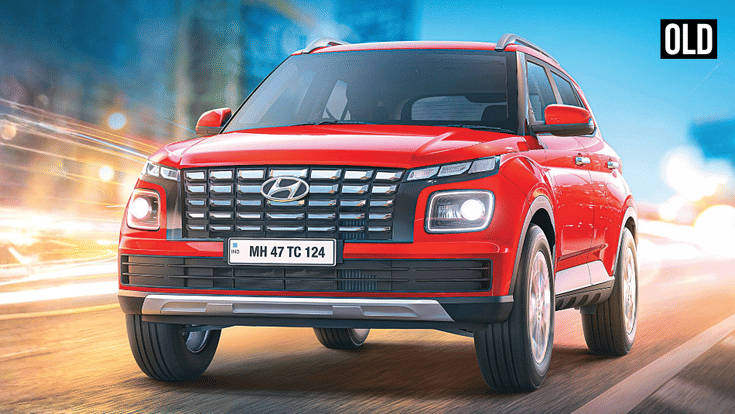खरीदारों की भारी मांग के कारण भारत के मास-मार्केट मॉडल में सनरूफ लगभग सर्वव्यापी सुविधा बन गई है। इन्हें ज्यादातर कीमत स्पेक्ट्रम के प्रीमियम अंत में देखा जाता था, लेकिन इन दिनों, 10 लाख रुपये से कम कीमत वाली कारों और एसयूवी में भी सनरूफ उपलब्ध हैं। यहां भारत में 10 लाख रुपये से कम कीमत वाली सबसे सस्ती सनरूफ कारों का संकलन है। कृपया ध्यान दें कि इस सूची के सभी मॉडल सिंगल-फलक सनरूफ से सुसज्जित हैं। यहां जीएसटी में कटौती के बाद 10 लाख रुपये से कम कीमत वाले सनरूफ वाले मॉडल हैं।
1. हुंडई एक्सटर
एस स्मार्ट वेरिएंट में सनरूफ मिलता है और 7.02 लाख रुपये से शुरू होता है
बाहरीयह भारत में सबसे छोटी हुंडई एसयूवी है, और इसे एस स्मार्ट ट्रिम से सनरूफ के साथ लिया जा सकता है। I20 की तरह, एक्सटर में SX(O) कनेक्ट नाइट एडिशन ट्रिम से शुरू होने वाले सनरूफ के लिए वॉयस कमांड की सुविधा है, जिसकी कीमत 8.98 लाख रुपये है। एक्सटर अपने 83hp, 1.2-लीटर पेट्रोल इंजन को i20 के साथ साझा करता है, लेकिन इसके अतिरिक्त CNG-संचालित वेरिएंट भी पेश करता है, जिसमें S+ एक्जीक्यूटिव वेरिएंट में 8.14 लाख रुपये की कीमत वाला सनरूफ सबसे किफायती है।
|
वेरिएंट (आधार और शीर्ष)
|
कीमतें (लाख रुपये में)
|
|
एस स्मार्ट (एमटी)
|
7.02
|
|
एसएक्स(ओ) कनेक्ट (एएमटी)
|
9.24
|
डुअल टोन विकल्प और नाइट संस्करण अतिरिक्त कीमत पर उपलब्ध हैं।
2. टाटा पंच
एडवेंचर एस ट्रिम के बाद से इसमें सनरूफ मिलता है और इसकी कीमत 7.06 लाख रुपये है
टाटा पंचवर्तमान में यह भारत में सनरूफ प्रदान करने वाली सबसे किफायती कार है, यह सुविधा इसके एडवेंचर एस ट्रिम से उपलब्ध है। यह ट्रिम लेवल 88hp और 115Nm विकसित करने वाले 1.2-लीटर 3-सिलेंडर पेट्रोल इंजन के साथ हो सकता है, जो 5-स्पीड मैनुअल या 5-स्पीड AMT गियरबॉक्स के साथ-साथ 73.5hp और 103Nm आउटपुट करने वाले CNG-मैनुअल पावरट्रेन से जुड़ा है।
बाद वाला कॉन्फ़िगरेशन – जिसकी कीमत 7.93 लाख रुपये है – पंच को भारत में सनरूफ की पेशकश करने वाली सबसे किफायती सीएनजी कार भी बनाता है। टाटा पंच के CAMO वेरिएंट, जो कॉस्मेटिक बदलाव लाते हैं, केवल सीमित अवधि के लिए उपलब्ध होंगे।
|
वेरिएंट (आधार और शीर्ष)
|
कीमतें (लाख रुपये में)
|
|
एडवेंचर एस (एमटी)
|
7.06
|
|
पूर्ण + एस सीएनजी (एमटी)
|
9.14
|
कैमो विकल्प अतिरिक्त कीमत पर उपलब्ध है।
3. हुंडई आई20
मैग्ना वेरिएंट में सनरूफ मिलता है और इसकी कीमत 8.27 लाख रुपये है
हुंडई काप्रीमियम हैचबैक,मैं -20मैग्ना ट्रिम से शुरू होने वाली सनरूफ मिलती है। हालाँकि, यह ध्यान देने योग्य है कि केवल टॉप-स्पेक एस्टा (ओ) ट्रिम – 9.14 लाख रुपये से शुरू होता है – सनरूफ के लिए वॉयस कमांड कार्यक्षमता जोड़ता है।
i20 1.2-लीटर 4-सिलेंडर पेट्रोल इंजन द्वारा संचालित है जो 83hp और 115Nm बनाता है, जिसमें 5-स्पीड मैनुअल और एक CVT गियरबॉक्स विकल्प शामिल हैं। ध्यान दें कि i20 नाइट संस्करण सीमित समय अवधि के लिए उपलब्ध होगा।
|
वेरिएंट (आधार और शीर्ष)
|
कीमतें (लाख रुपये में)
|
|
मैग्ना पेट्रोल (एमटी)
|
7.12
|
|
एस्टो (ओ) (एमटी)
|
9.14
|
अतिरिक्त कीमत पर डुअल टोन विकल्प उपलब्ध हैं।
4. टाटा अल्ट्रोज़
प्योर एस वेरिएंट में सनरूफ मिलता है और इसकी कीमत 7.36 लाख रुपये से शुरू होती है
का अनुसरण कर रहा हूँअल्ट्रोज़ का नया स्वरूपदटाटाभारत में सनरूफ देने वाली सबसे किफायती कार के रूप में हैचबैक अपनी पिछली स्थिति से फिसल गई है। अब,अल्ट्रोज़इसके प्योर एस ट्रिम स्तर से शुरू होने वाला सनरूफ मिलता है, जो 88hp और 115Nm का उत्पादन करने वाले 1.2-लीटर 3-सिलेंडर पेट्रोल इंजन के साथ हो सकता है, जो 5-स्पीड मैनुअल या 5-स्पीड एएमटी गियरबॉक्स के साथ जुड़ा हुआ है। इस पावरट्रेन का सीएनजी-मैनुअल संस्करण, जिसकी कीमत 8.37 लाख रुपये है, अल्ट्रोज़ प्योर एस ट्रिम में भी उपलब्ध है।
|
वेरिएंट (आधार और शीर्ष)
|
कीमतें (लाख रुपये में)
|
|
शुद्ध एस पेट्रोल (एमटी)
|
7.36
|
|
क्रिएटिव एस पेट्रोल (डीसीए)
|
9.42
|
5. किआ सोनेट
HTE(O) वेरिएंट में सनरूफ मिलता है और इसकी कीमत 7.70 लाख से शुरू होती है
सॉनेटत्वचा के नीचे वेन्यू के समान हो सकता है, लेकिन इसका सनरूफ से सुसज्जित एचटीई (ओ) ट्रिम हुंडई एसयूवी के समकक्ष ट्रिम स्तर पर थोड़ा प्रीमियम रखता है। हालांकि, अतिरिक्त नकदी के लिए, सॉनेट खरीदारों को 6-स्पीड मैनुअल गियरबॉक्स के साथ 116hp, 250Nm, 1.5-लीटर 4-सिलेंडर टर्बो-डीजल इंजन का विकल्प मिलता है।
इस पावरट्रेन की 10 लाख रुपये की कीमत के कारण, सोनेट भारत में सनरूफ देने वाली सबसे किफायती डीजल कार है। पेट्रोल-उन्मुख खरीदारों के लिए, सोनेट एचटीई (ओ) ट्रिम भी वेन्यू के समान पेट्रोल-मैनुअल पावरट्रेन के साथ उपलब्ध है।
|
वेरिएंट (आधार और शीर्ष)
|
कीमतें (लाख रुपये में)
|
|
एचटीई (ओ) पेट्रोल (एमटी)
|
7.70
|
|
एचटीके (ओ) डीजल (एमटी)
|
9.93
|
6. टाटा नेक्सन
स्मार्ट + एस वेरिएंट में सनरूफ मिलता है और इसकी कीमत 8.29 लाख रुपये है
आदरणीयनेक्सनकॉम्पैक्ट एसयूवी अपने स्मार्ट+ एस ट्रिम से शुरू होकर सनरूफ के साथ आती है। यह नेक्सॉन ट्रिम तीन पावरट्रेन के साथ हो सकता है: एक 88hp, 170Nm, 1.2-लीटर 3-सिलेंडर टर्बो-पेट्रोल इंजन, 5-स्पीड मैनुअल के साथ, एक 85hp, 260Nm, 1.5-लीटर 4-सिलेंडर टर्बो-डीजल इंजन, 6-स्पीड मैनुअल के साथ, और एक 73.5hp, 170Nm पेट्रोल-सीएनजी सेटअप के साथ। 6-स्पीड मैनुअल।
हालिया जीएसटी कटौती के बाद, सभी पावरट्रेन विकल्प सनरूफ के साथ 10 लाख रुपये से कम में उपलब्ध हैं। विशेष रूप से, नेक्सॉन उन कुछ मॉडलों में से एक है जो पैनोरमिक सनरूफ की पेशकश करता है, लेकिन यह सुविधा केवल एसयूवी के टॉप-स्पेक क्रिएटिव + और फियरलेस + ट्रिम स्तरों पर उपलब्ध है।
|
वेरिएंट (आधार और शीर्ष)
|
कीमतें (लाख रुपये में)
|
|
स्मार्ट+ एस (एमटी)
|
8.29
|
|
प्योर+ एस सीएनजी (एमटी)
|
9.99
|
7. महिंद्रा XUV 3XO
RevX M (O) वेरिएंट में सनरूफ मिलता है और इसकी कीमत 8.60 लाख रुपये है
XUV 3XO की नई लॉन्च की गई RevX ट्रिम लाइन सिंगल-पेन सनरूफ के लिए प्रवेश की बाधा को कम करती है, यह सुविधा अब RevX M (O) वैरिएंट से उपलब्ध है। RevX M(O) ट्रिम में,एक्सयूवी 3एक्सओखरीदारों को एकमात्र 111hp, 200Nm, 1.2-लीटर 3-सिलेंडर टर्बो-पेट्रोल इंजन मिलता है जो 6-स्पीड मैनुअल गियरबॉक्स से जुड़ा होता है।
नेक्सन की तरह, XUV 3XO के उच्च वेरिएंट में पैनोरमिक सनरूफ मिलता है। दिलचस्प बात यह है कि RevX A ट्रिम – जिसकी कीमत 10.74 लाख रुपये है – XUV 3XO को बनाता हैपैनोरमिक सनरूफ प्रदान करने वाली भारत की सबसे किफायती एसयूवी. इसलिए, यदि आप इस महिंद्रा को खरीदने पर विचार कर रहे हैं, तो बजट में थोड़ा सा बदलाव आपको बहुत बड़ा सनरूफ दिला सकता है।
|
वेरिएंट (आधार और शीर्ष)
|
कीमतें (लाख रुपये में)
|
|
रेवएक्स एम (ओ) पेट्रोल (एमटी)
|
8.60
|
|
AX5 पेट्रोल (MT)
|
9.99
|
8. मारुति सुजुकी डिजायर
केवल ZXI+ वेरिएंट में सनरूफ मिलता है और इसकी कीमत 8.86 लाख रुपये से शुरू होती है
डिजायरइस सूची में यह एकमात्र सेडान है, और केवल इसके टॉप-स्पेक ZXI+ ट्रिम में सनरूफ प्रदान करती है। इस ट्रिम लेवल में, डिजायर अपने 82hp, 112Nm, 1.2-लीटर 3-सिलेंडर पेट्रोल इंजन के लिए 5-स्पीड मैनुअल और 5-स्पीड AMT गियरबॉक्स विकल्पों के साथ उपलब्ध है।
|
वेरिएंट (आधार और शीर्ष)
|
कीमतें (लाख रुपये में)
|
|
ZXI+ (MT)
|
8.86
|
|
ZXI+ (एएमटी)
|
9.31
|
9. हुंडई आई20 एन लाइन
N6 वेरिएंट में सनरूफ मिलता है और इसकी कीमत 9.14 लाख रुपये है
i20 का सबसे हॉट एन लाइन पुनरावृत्तिइस सूची की अंतिम प्रविष्टि है, जो इसके बेस N6 मैनुअल ट्रांसमिशन ट्रिम से एक सनरूफ की पेशकश करती है। हालाँकि, केवल i20 N लाइन के N8 ट्रिम में सनरूफ के लिए वॉयस कमांड मिलते हैं। हुड के तहत, i20 N लाइन 120hp, 172Nm, 1.0-लीटर 3-सिलेंडर टर्बो-पेट्रोल इंजन से लैस है जिसे 6-स्पीड मैनुअल या 7-स्पीड डुअल-क्लच ट्रांसमिशन के साथ जोड़ा गया है।
|
वेरिएंट
|
कीमतें (लाख रुपये में)
|
|
एन6 (एमटी)
|
9.14
|
10. हुंडई वेन्यू
HX5 वेरिएंट में सनरूफ मिलता है और इसकी कीमत 9.15 लाख रुपये है
हुंडई की दूसरी पीढ़ीकार्यक्रम का स्थानHX5 ट्रिम लेवल के बाद से सनरूफ के साथ आता है। वेन्यू तीन इंजन विकल्पों के साथ उपलब्ध है: 83hp वाला 1.2-लीटर नैचुरली एस्पिरेटेड पेट्रोल, 120hp वाला 1.0-लीटर टर्बो-पेट्रोल, और 116hp वाला 1.5-लीटर डीजल। गियरबॉक्स विकल्पों में 5-स्पीड एमटी, 6-स्पीड एमटी, 6-स्पीड एटी और 7-स्पीड डीसीटी शामिल हैं।
|
वेरिएंट (आधार और शीर्ष)
|
कीमतें (लाख रुपये में)
|
|
HX5 पेट्रोल (MT)
|
9.15
|
|
HX5 टर्बो पेट्रोल (MT)
|
9.74
|
सभी कीमतें, एक्स-शोरूम भारत
यह भी पढ़ें
भारत में शीर्ष 10 सबसे किफायती डीजल कारें
Source link

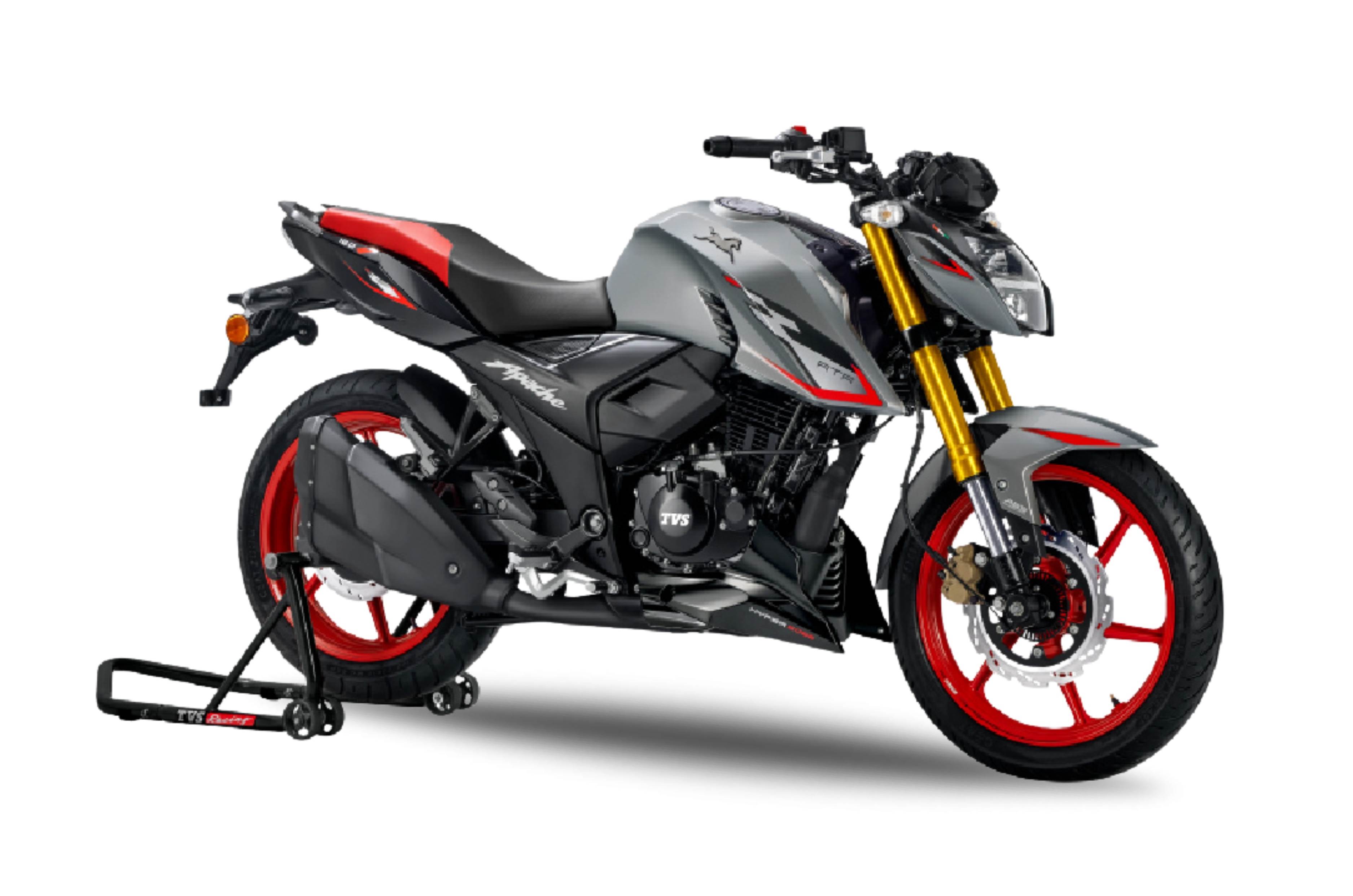

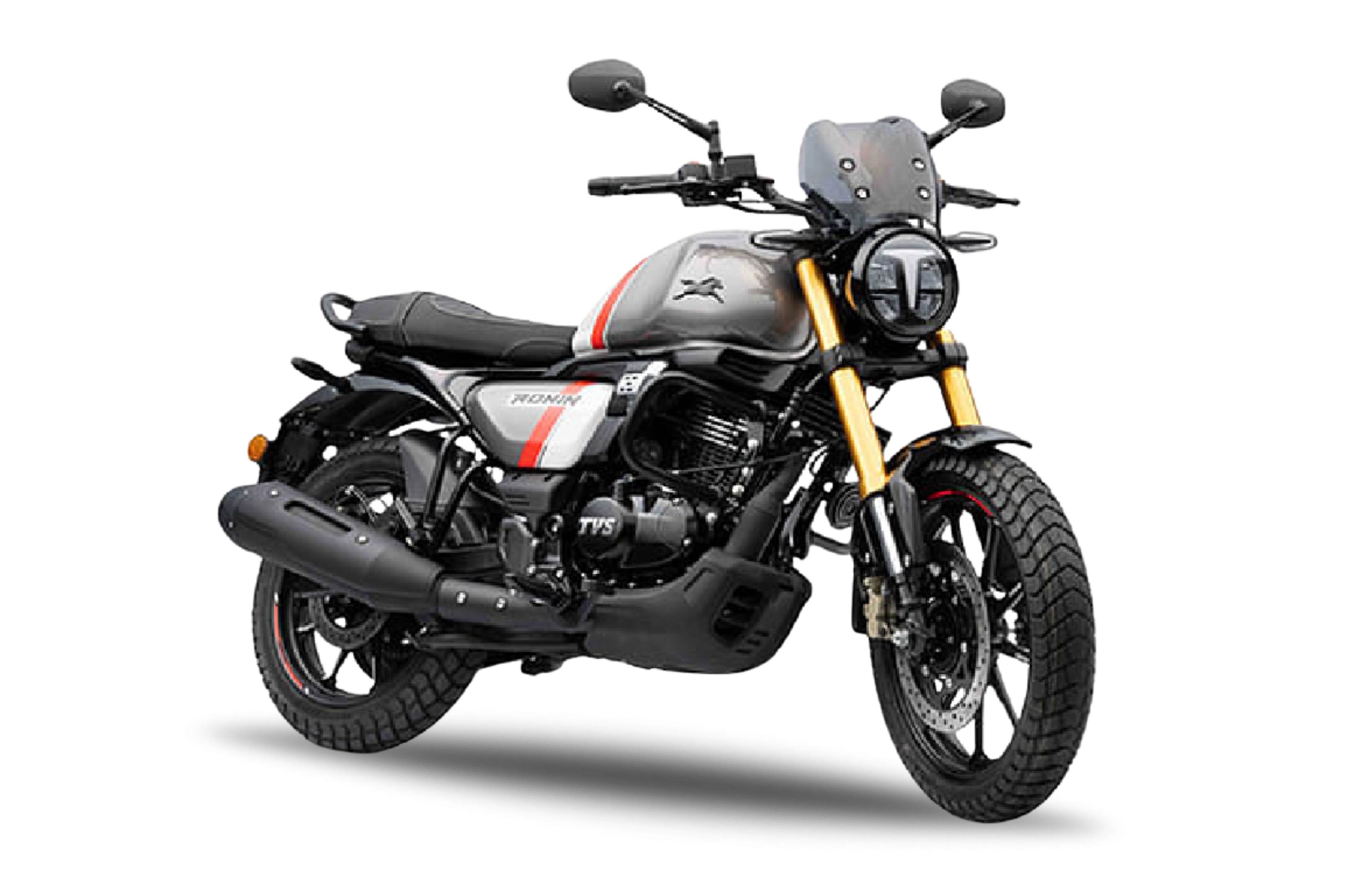



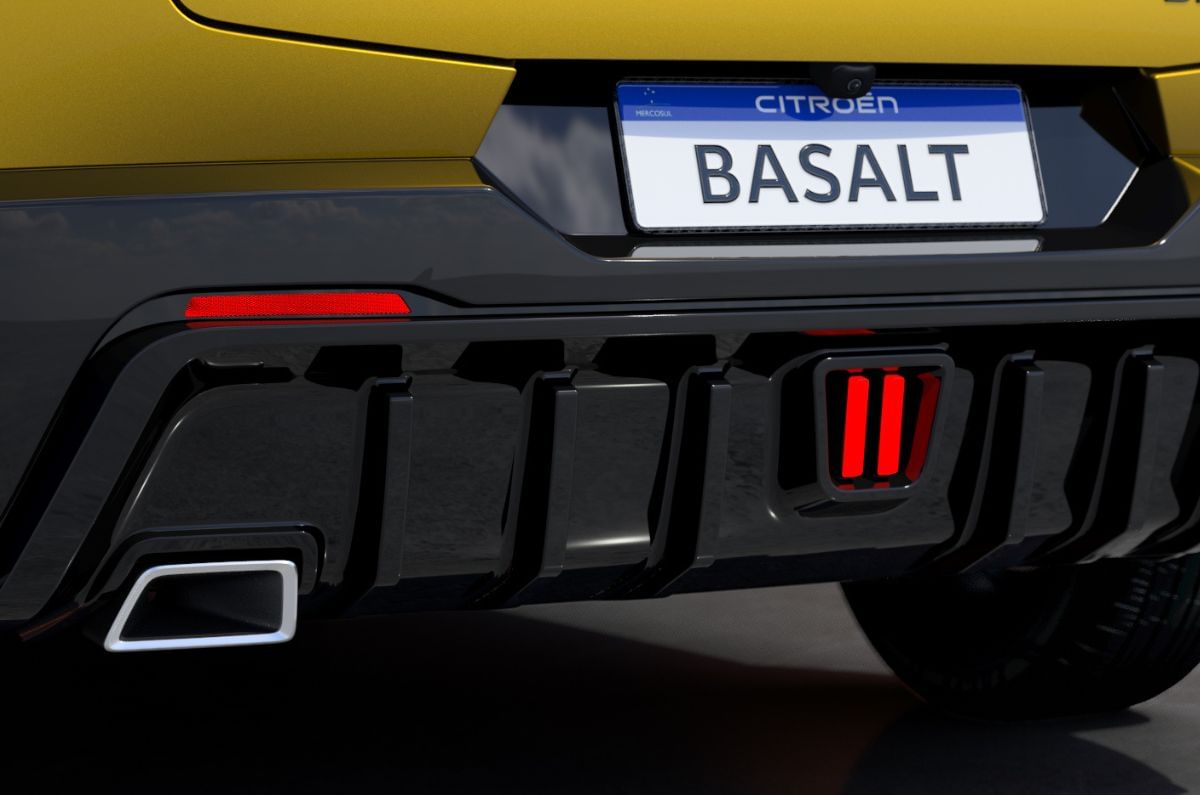

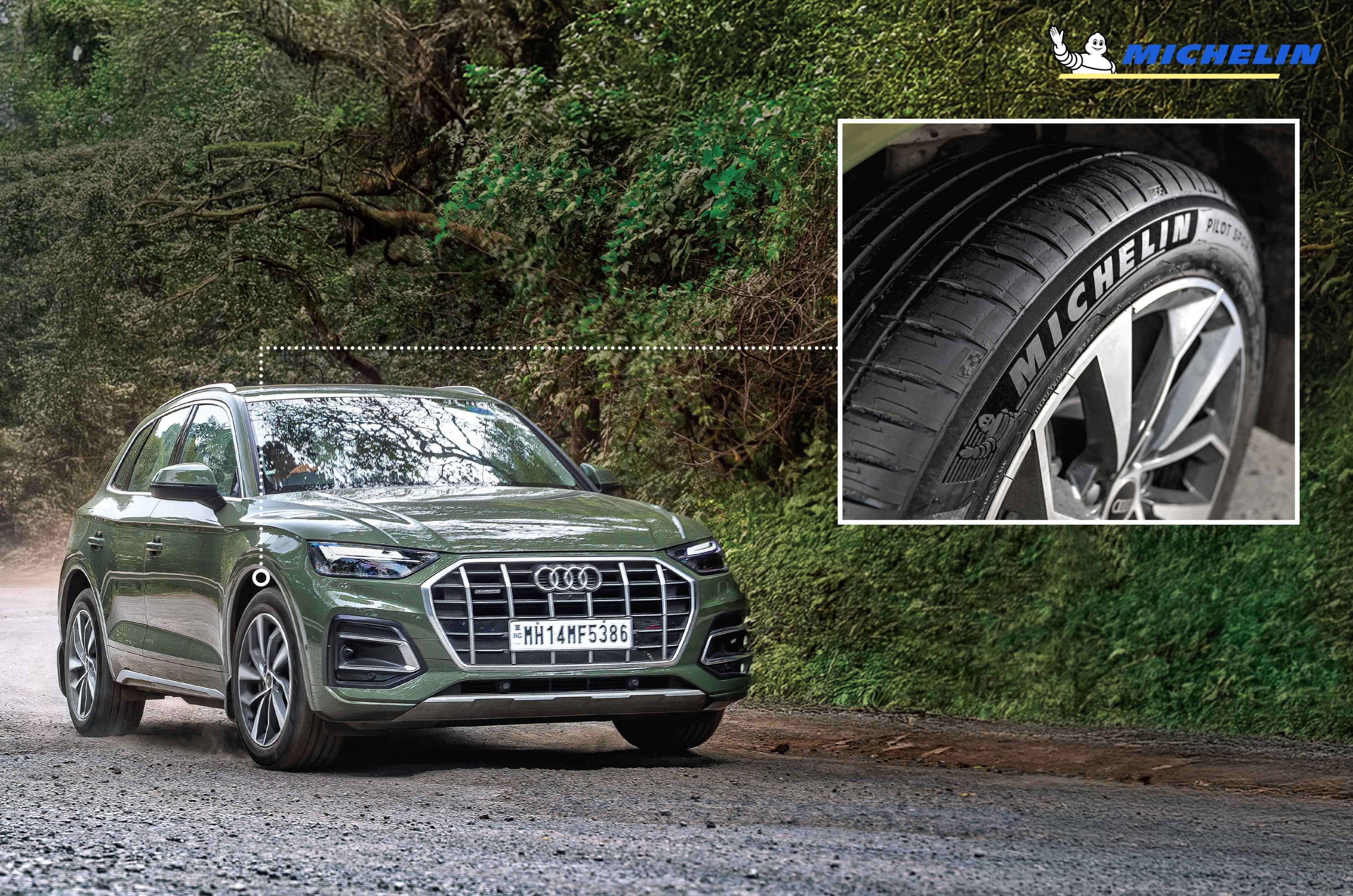



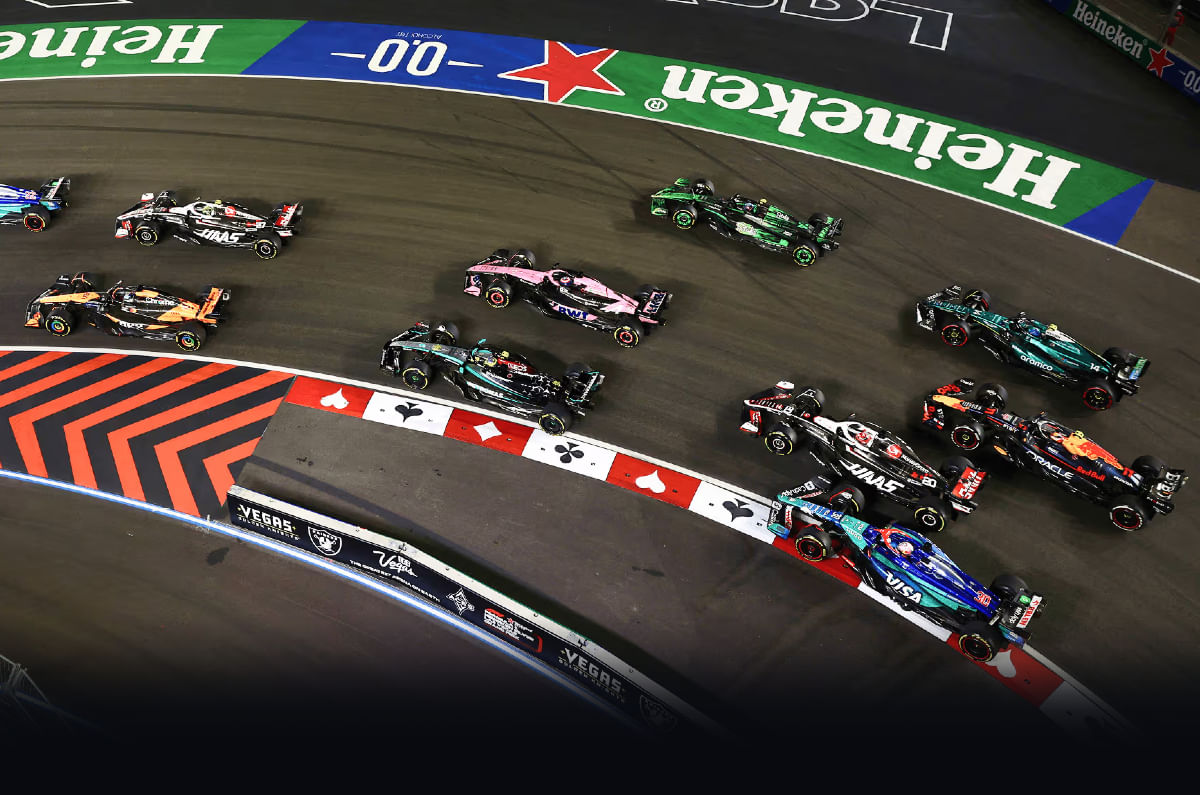

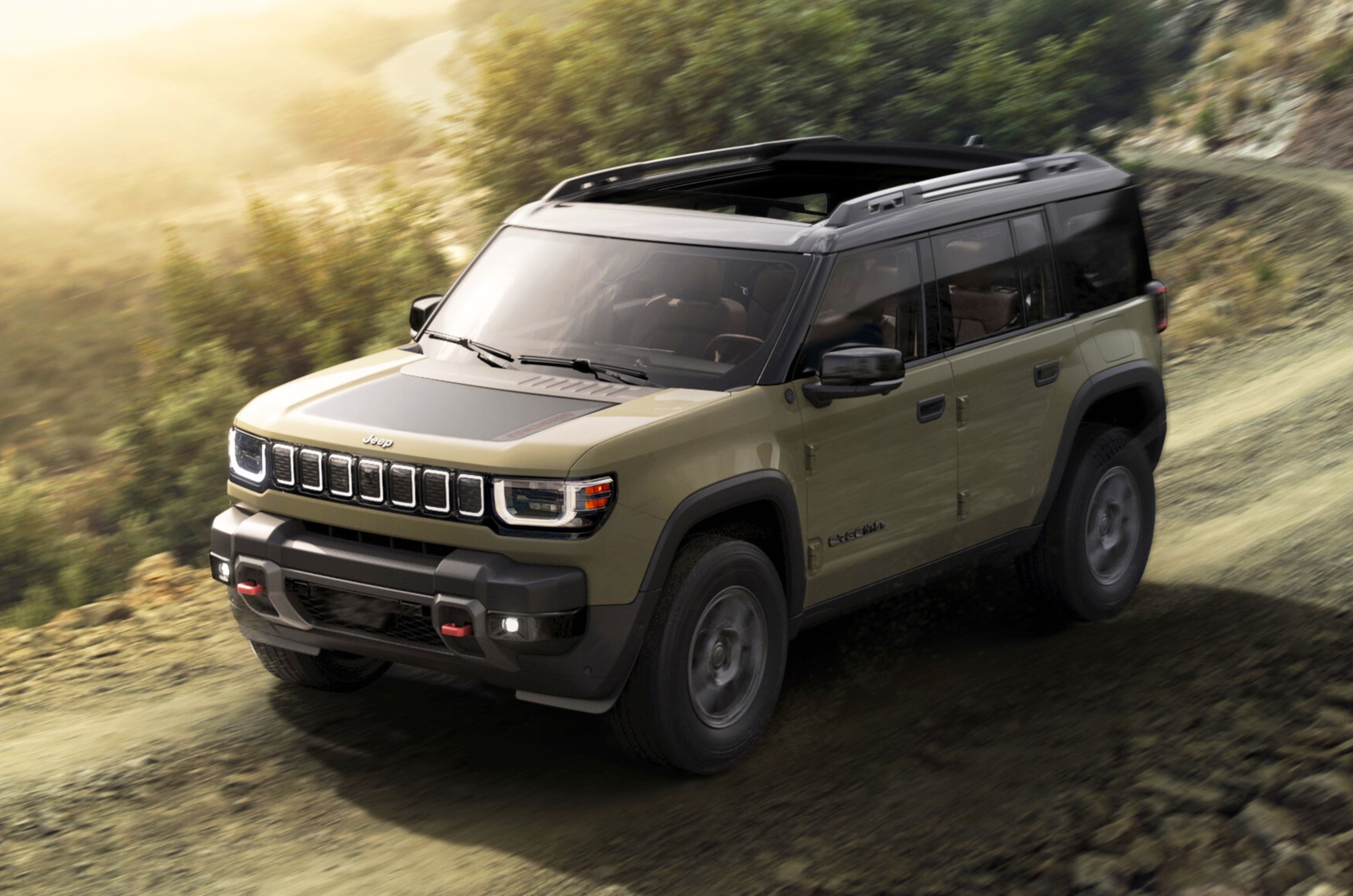
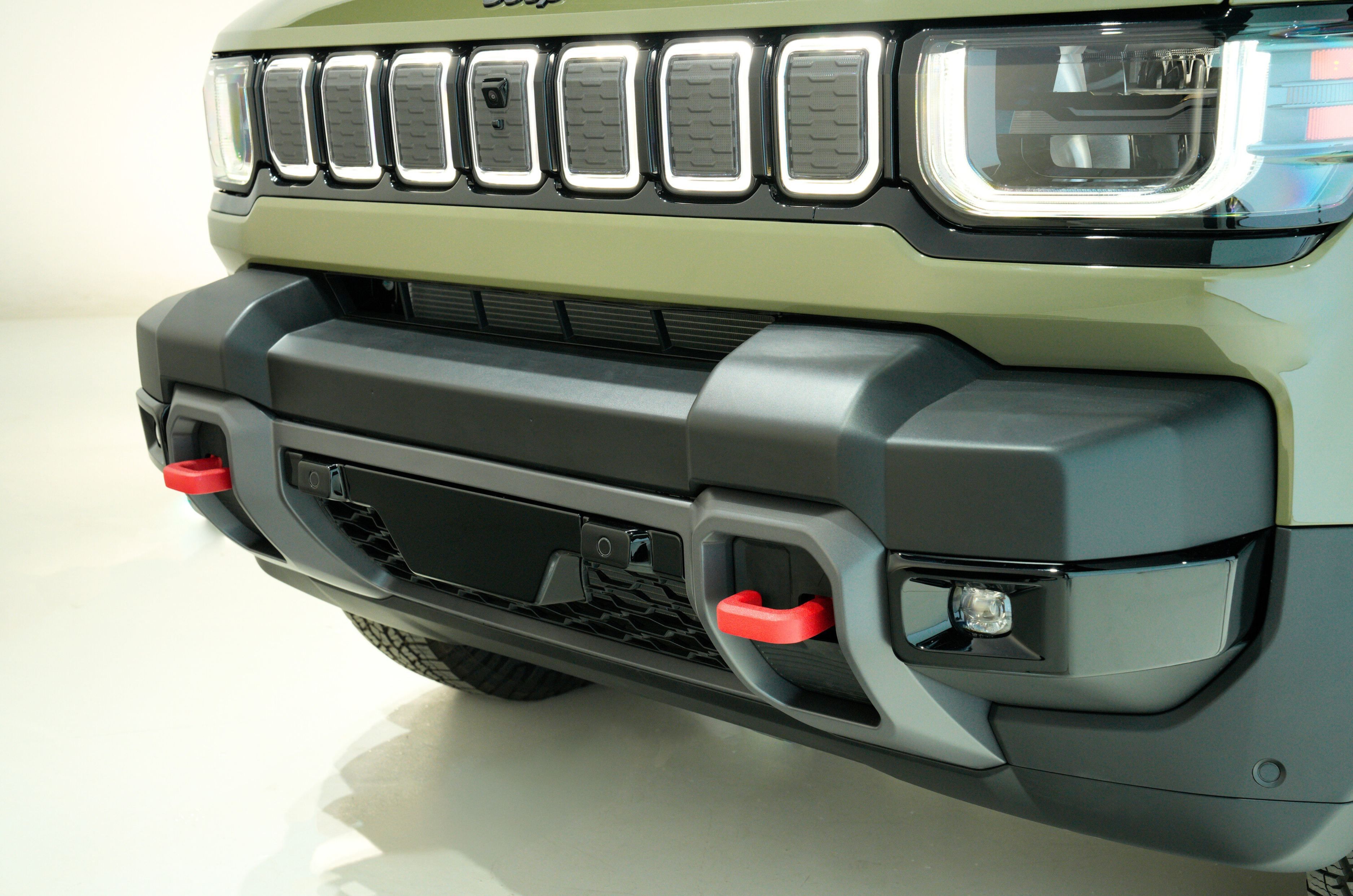

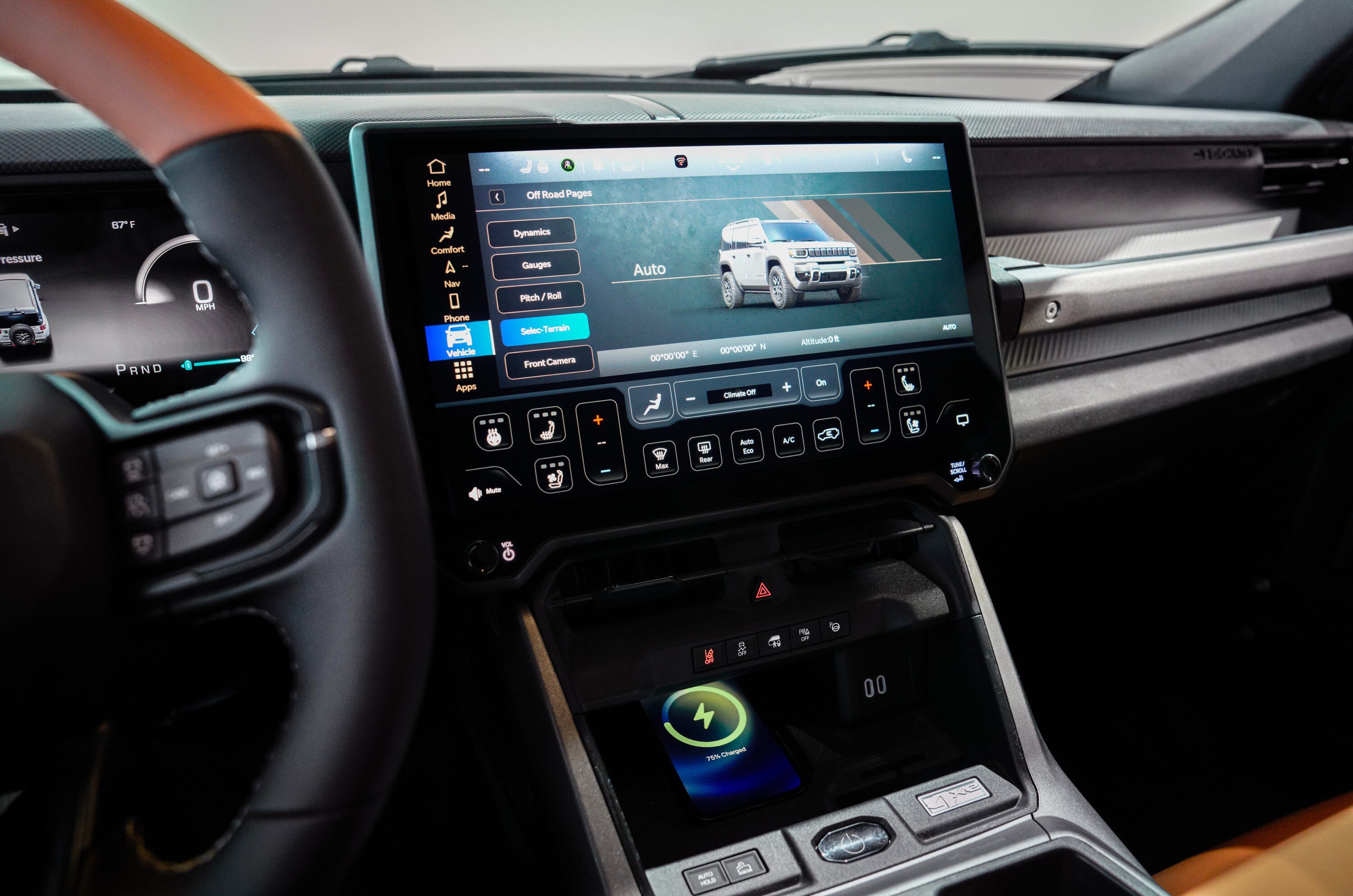
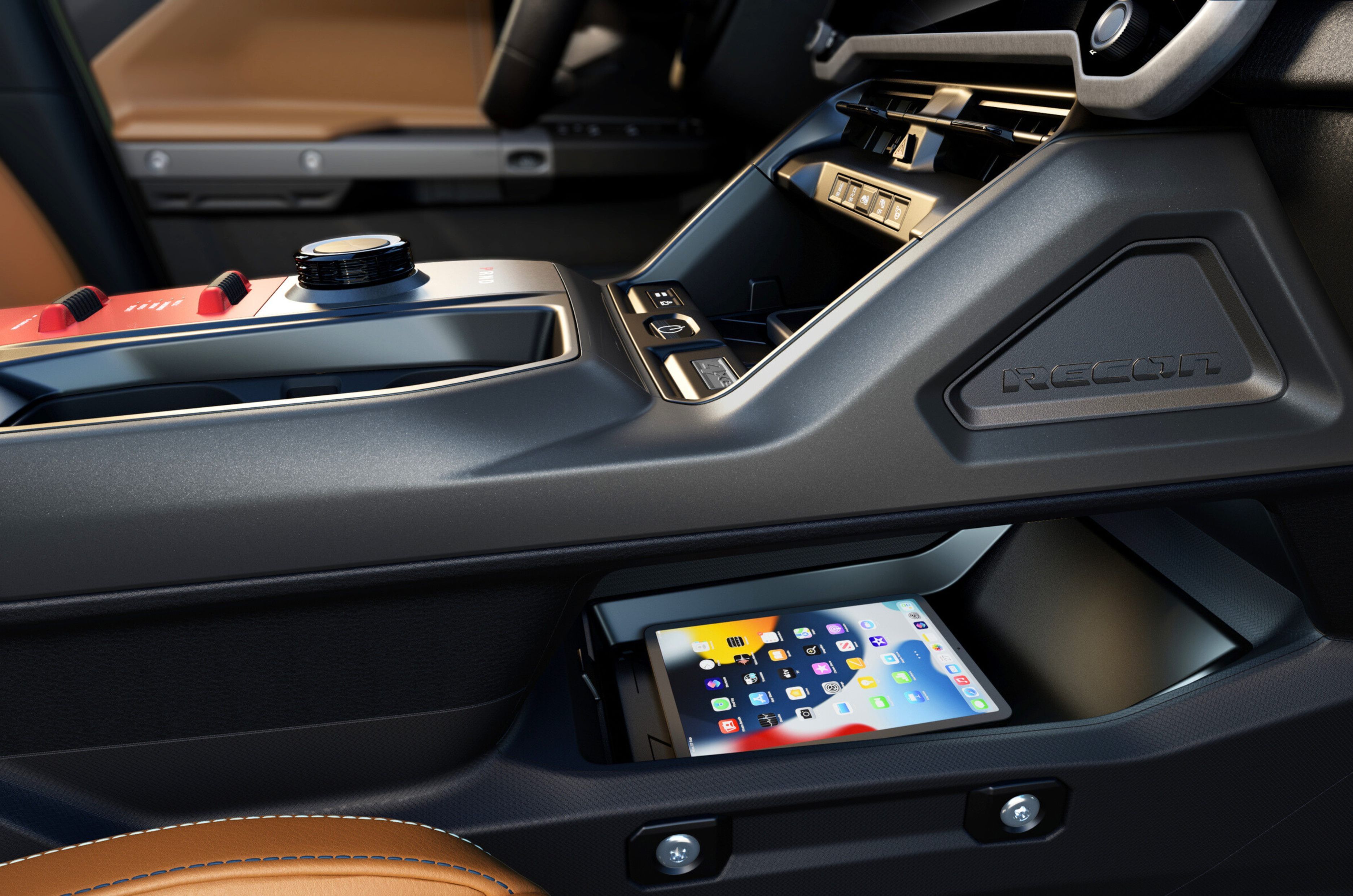


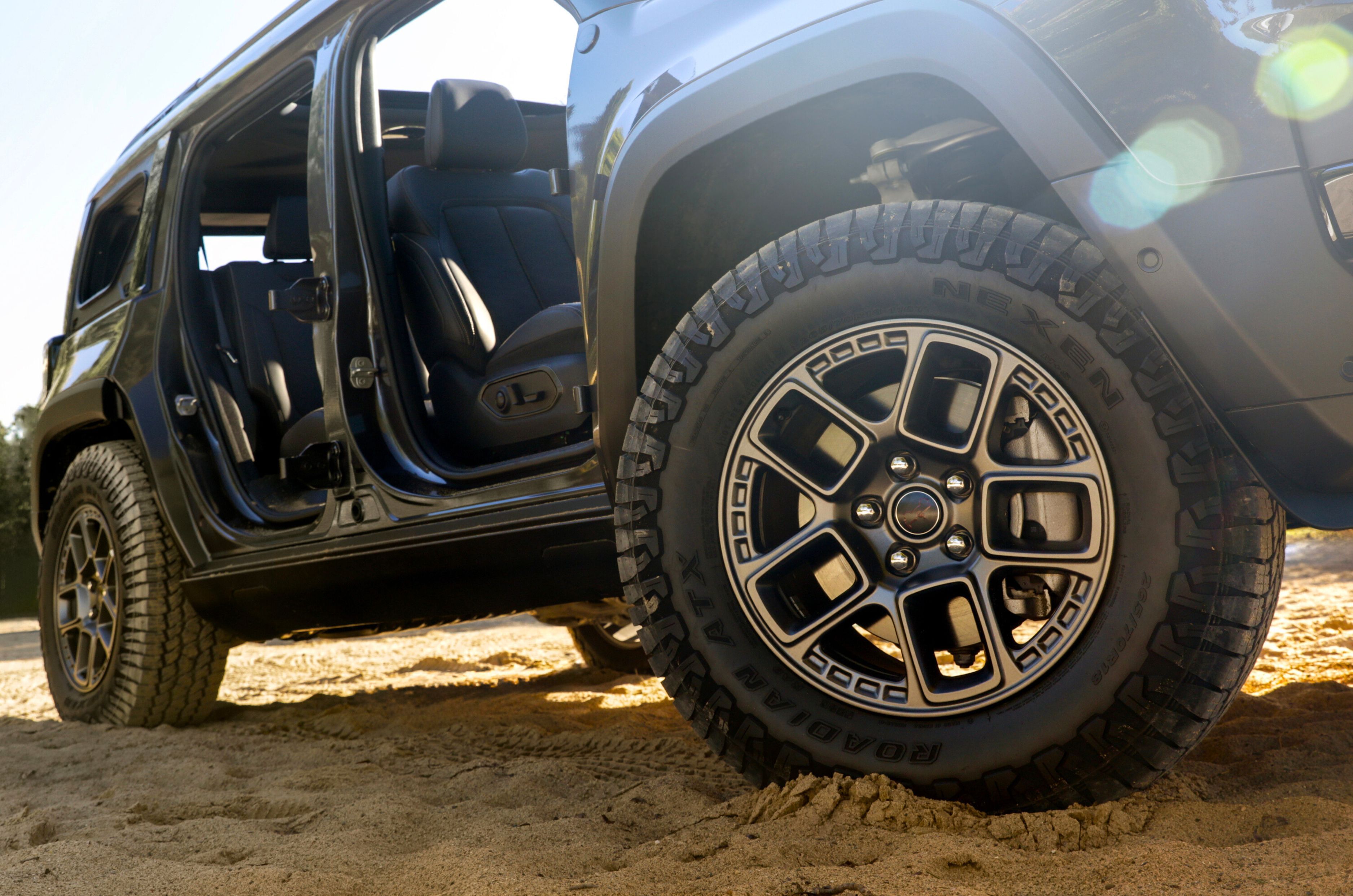


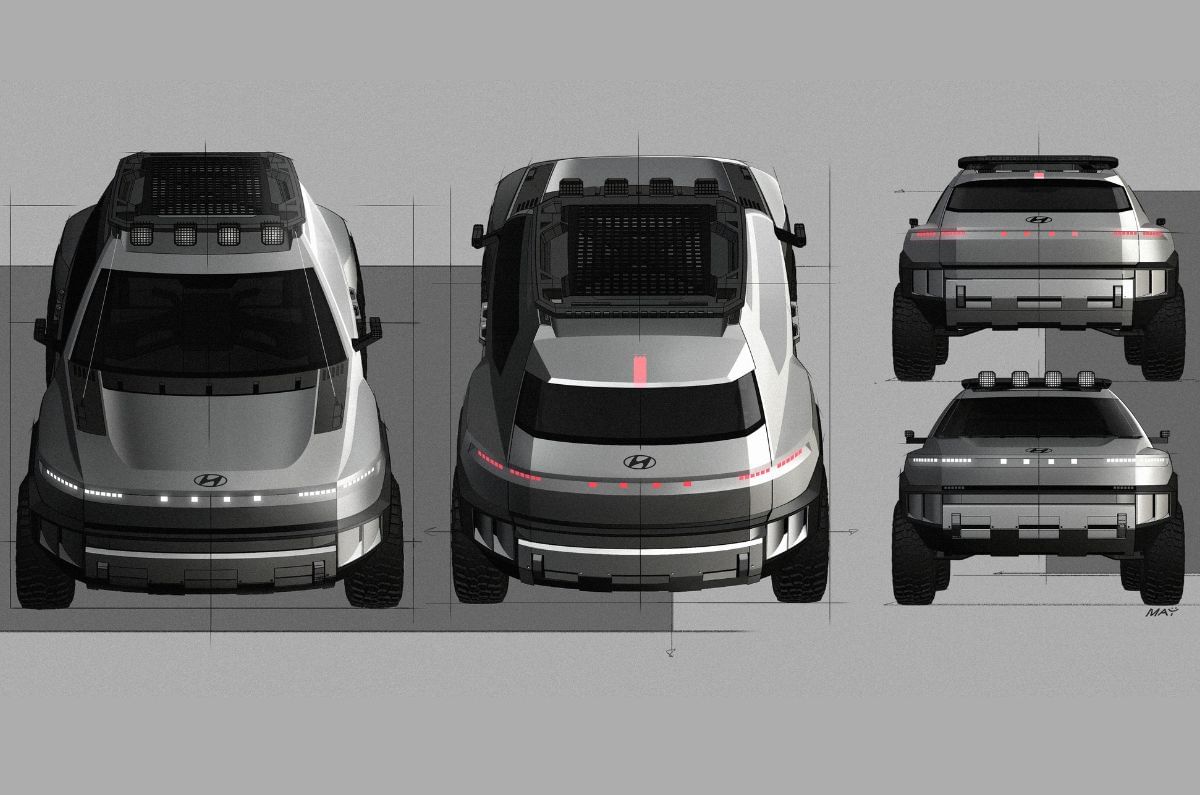
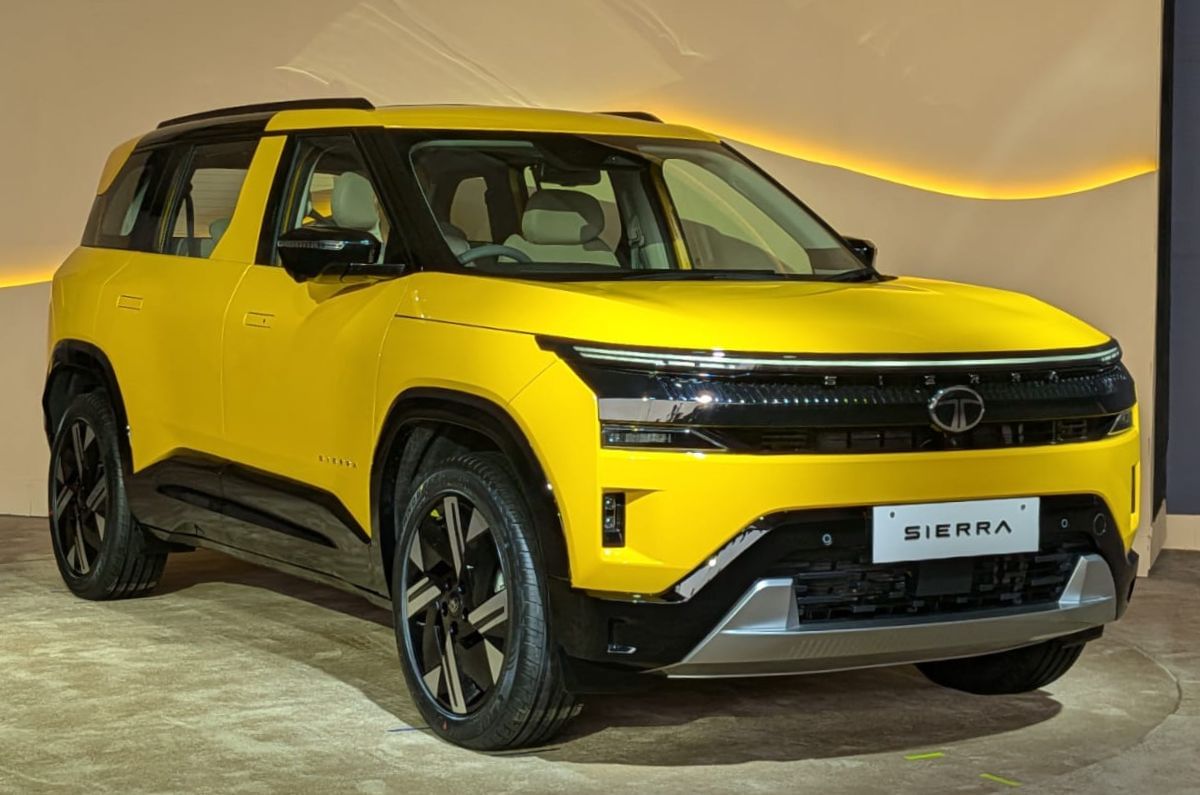
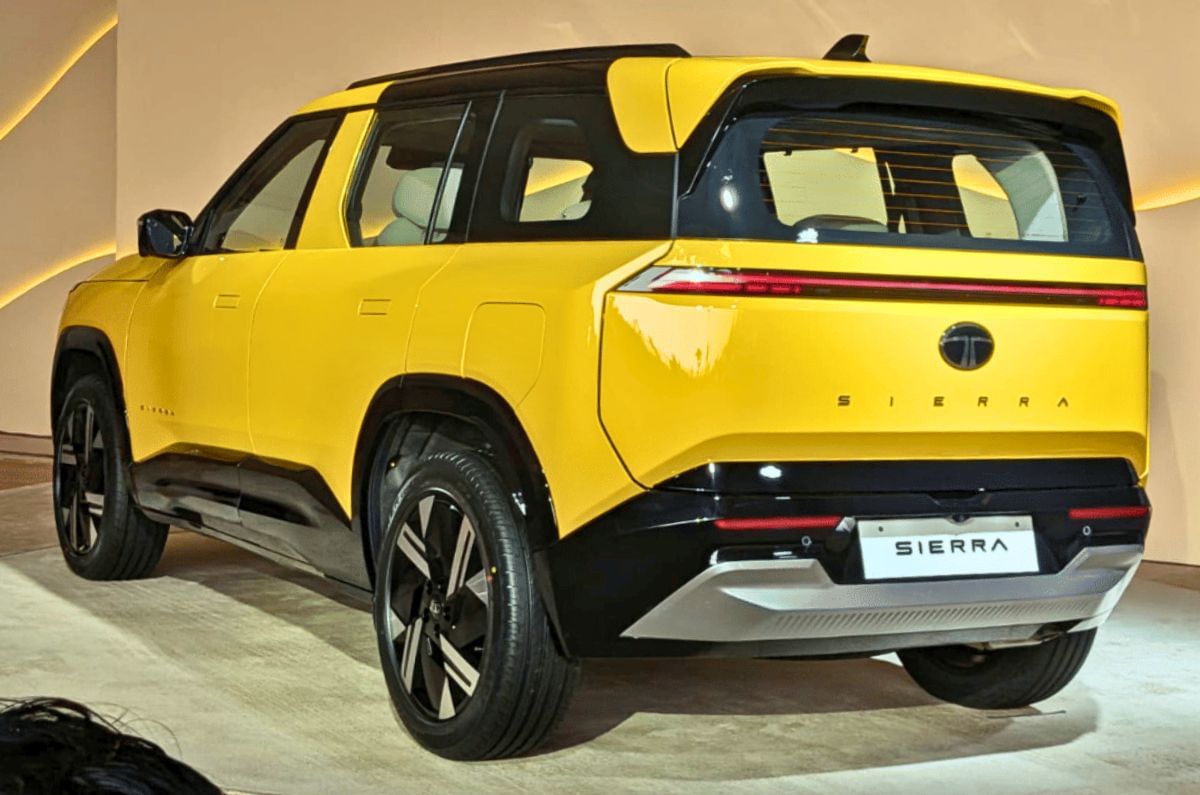

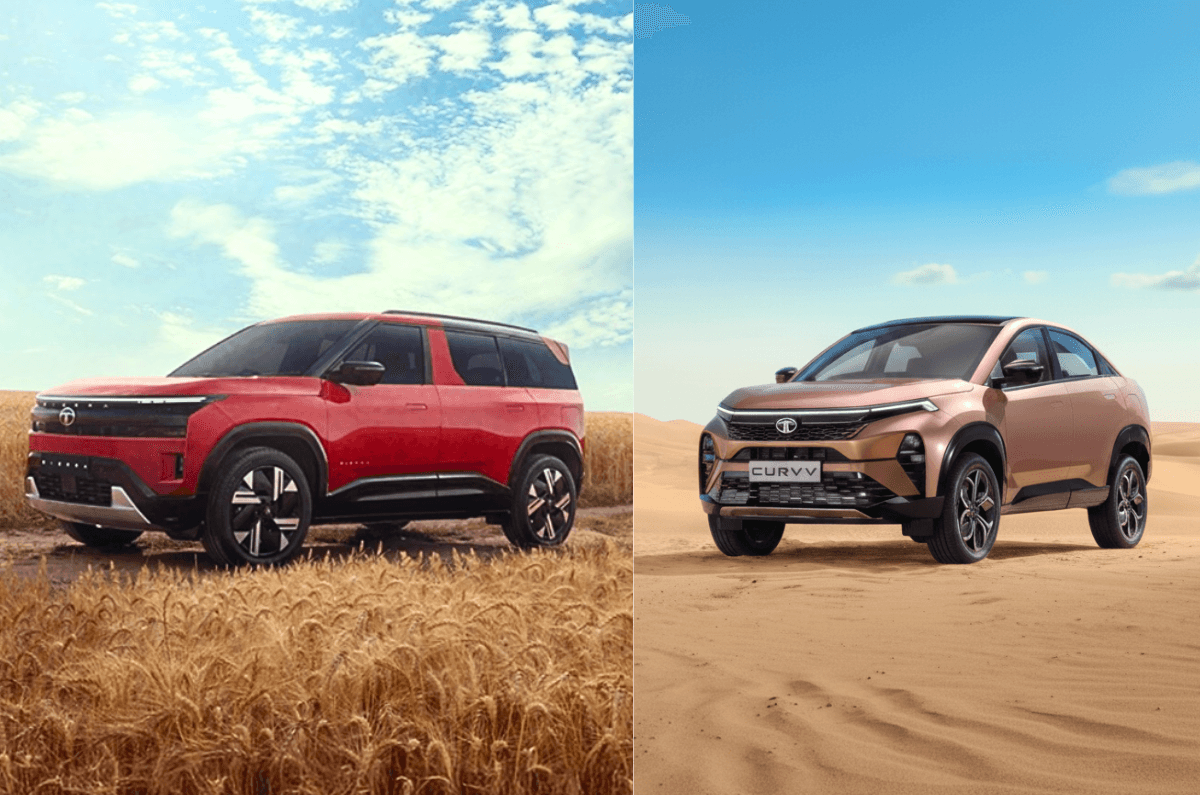








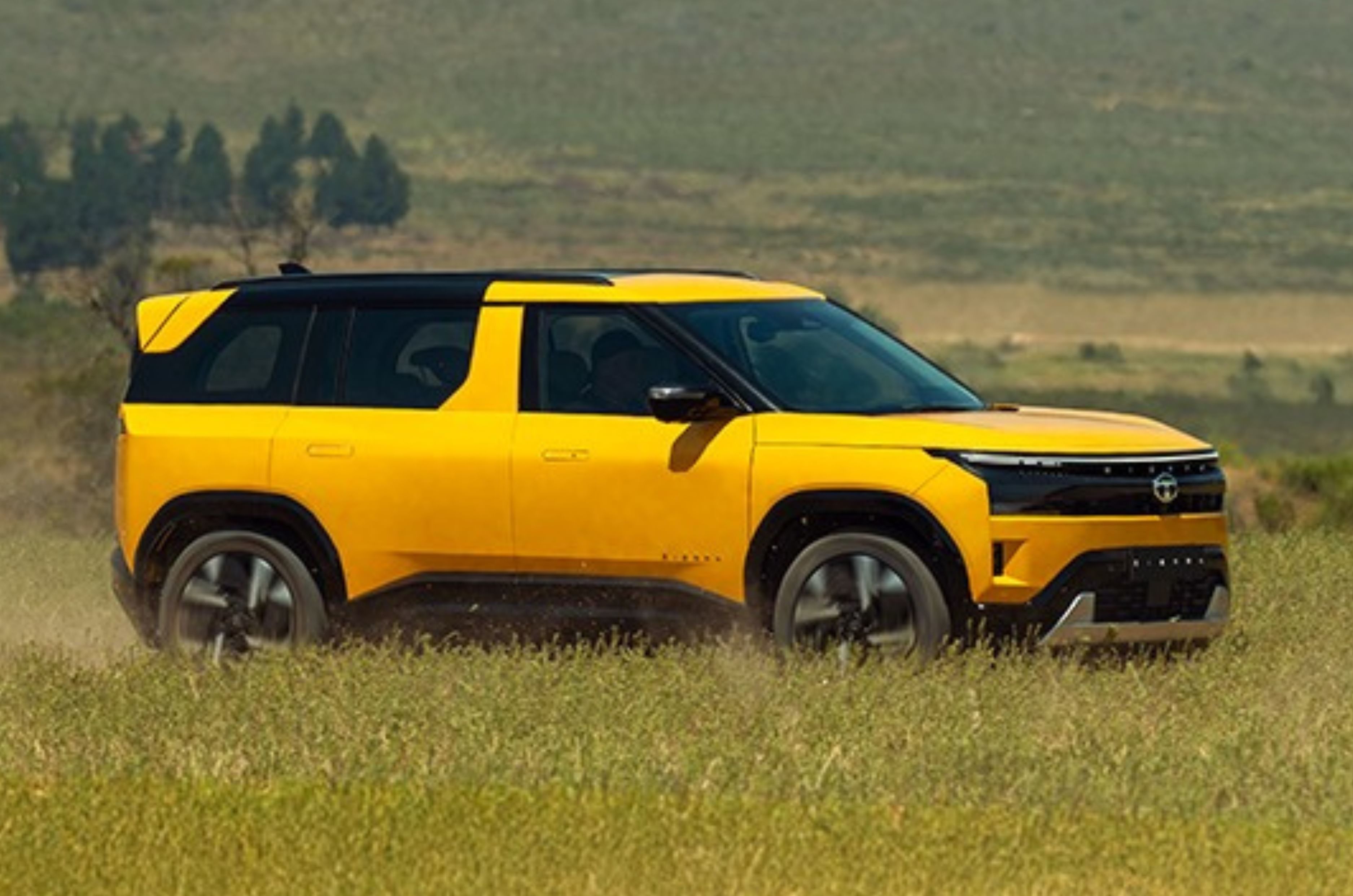



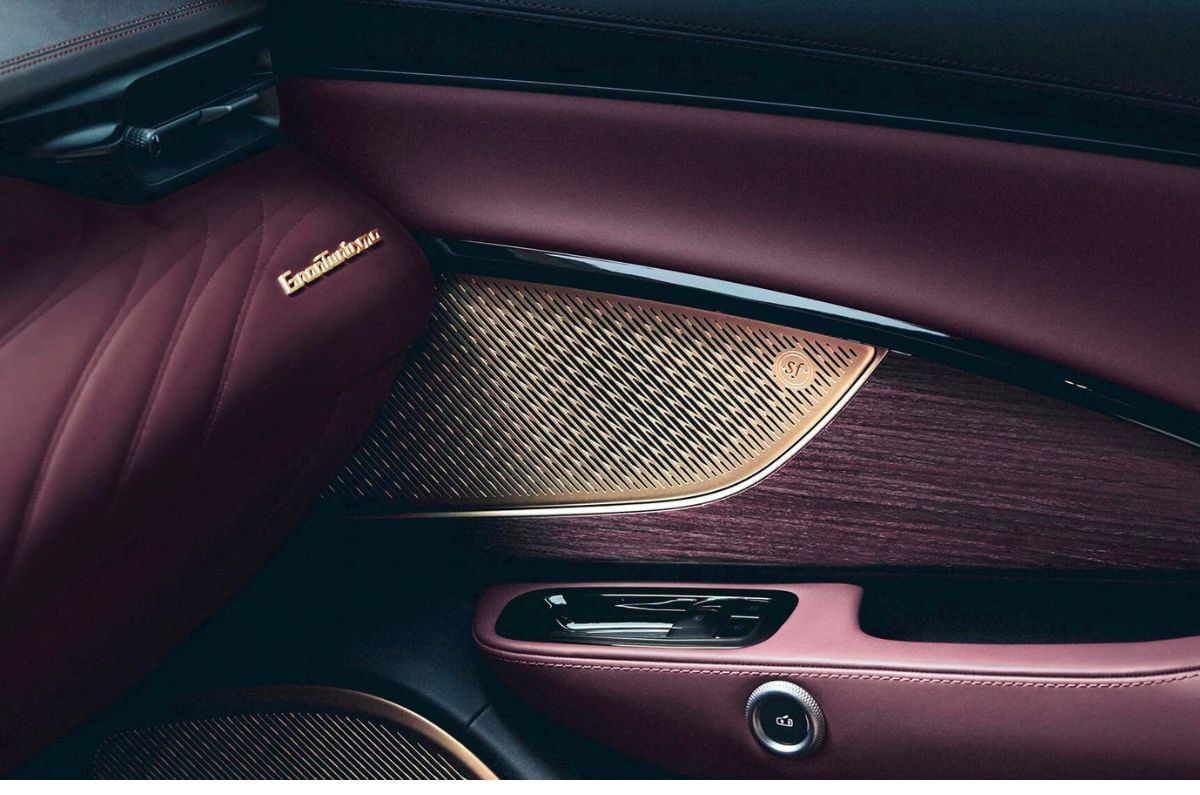
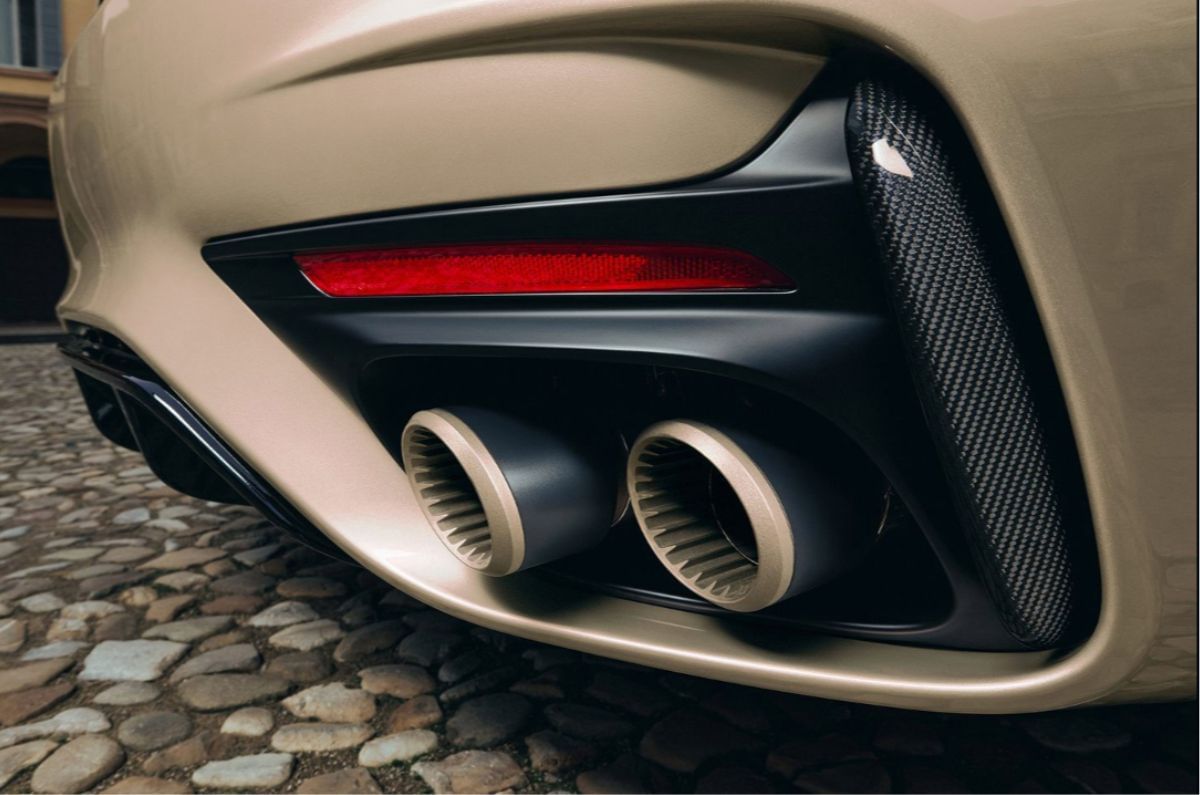
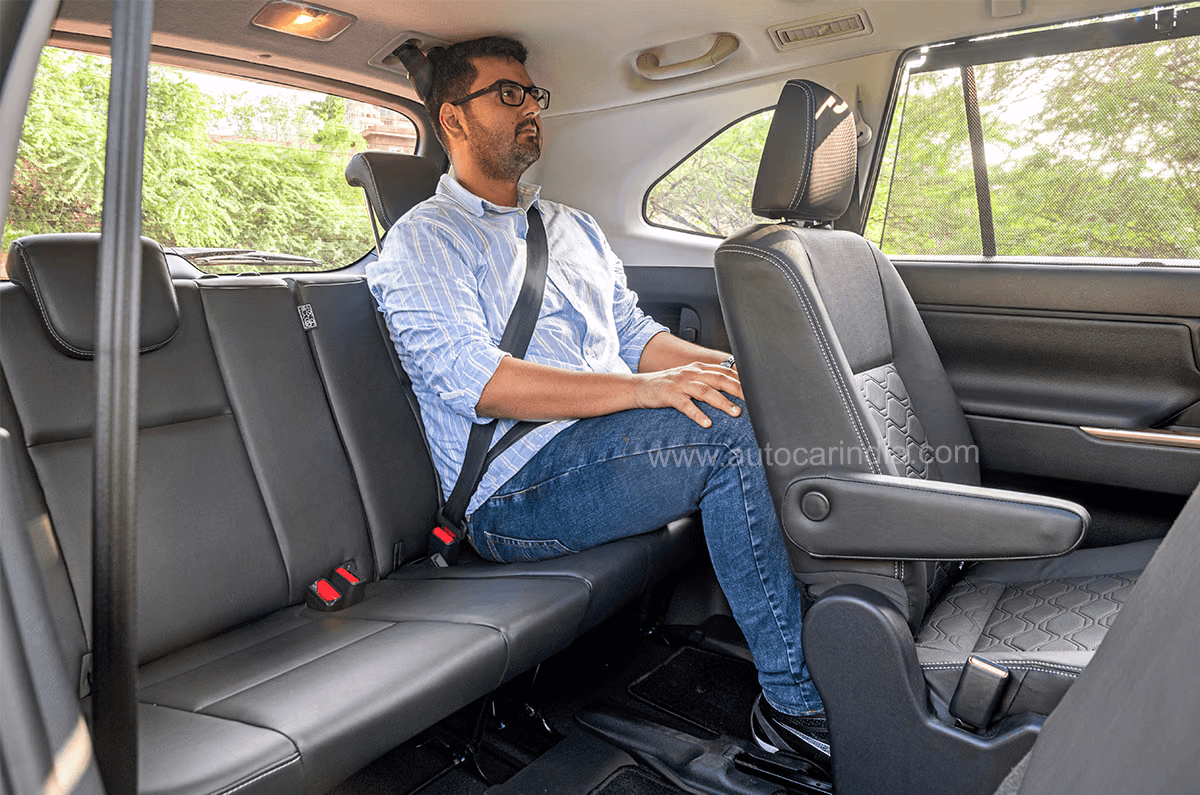
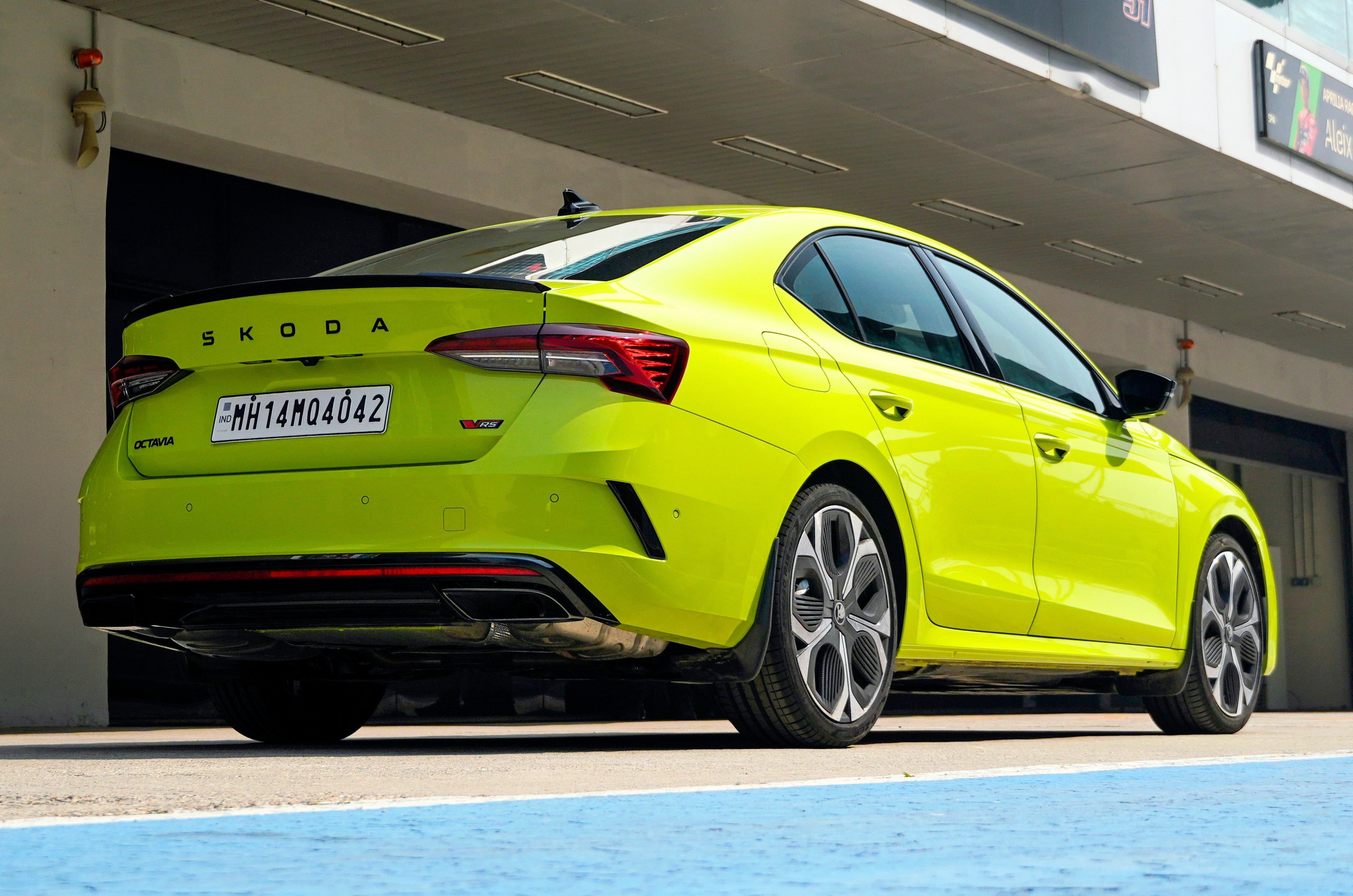
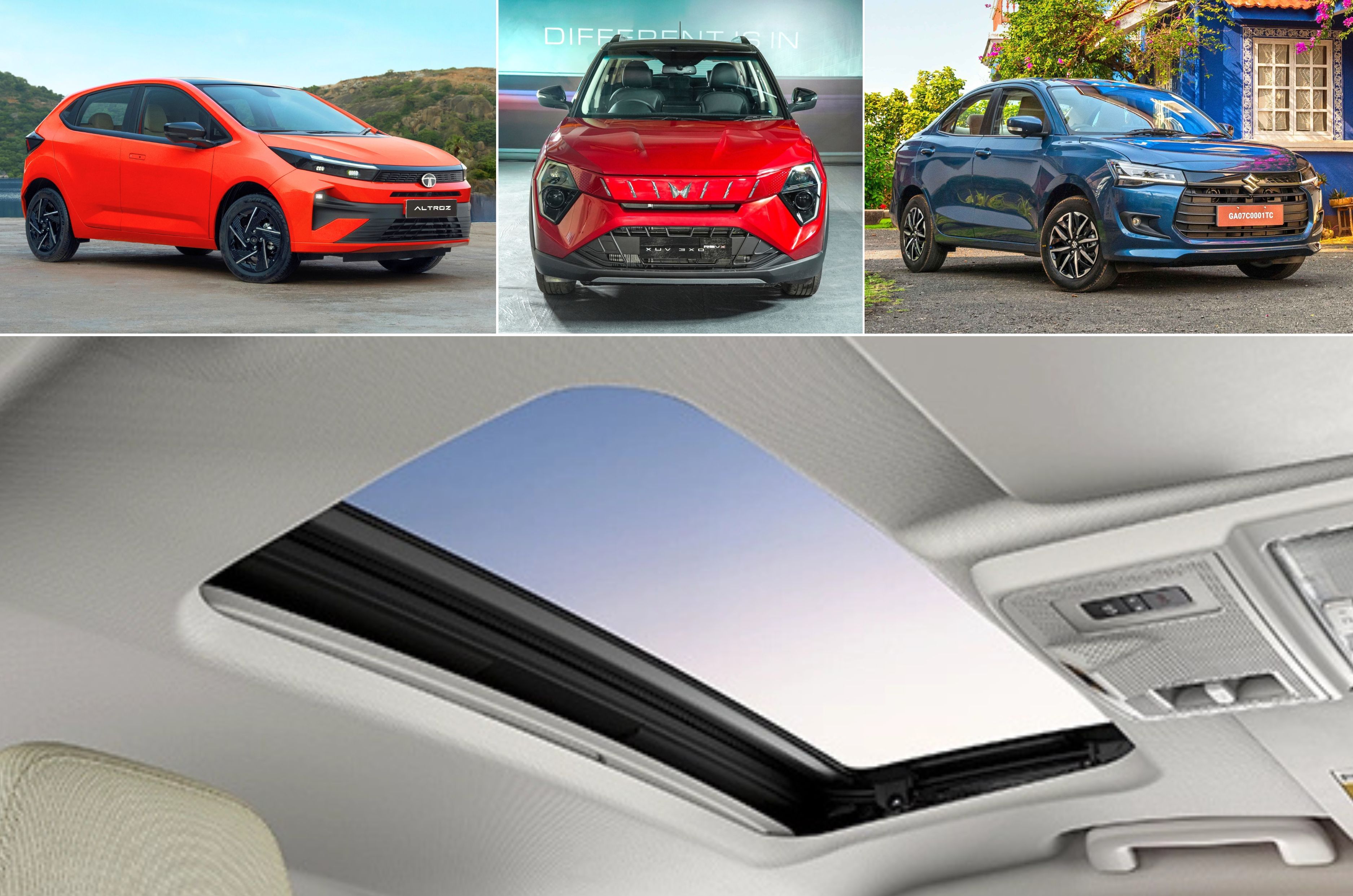
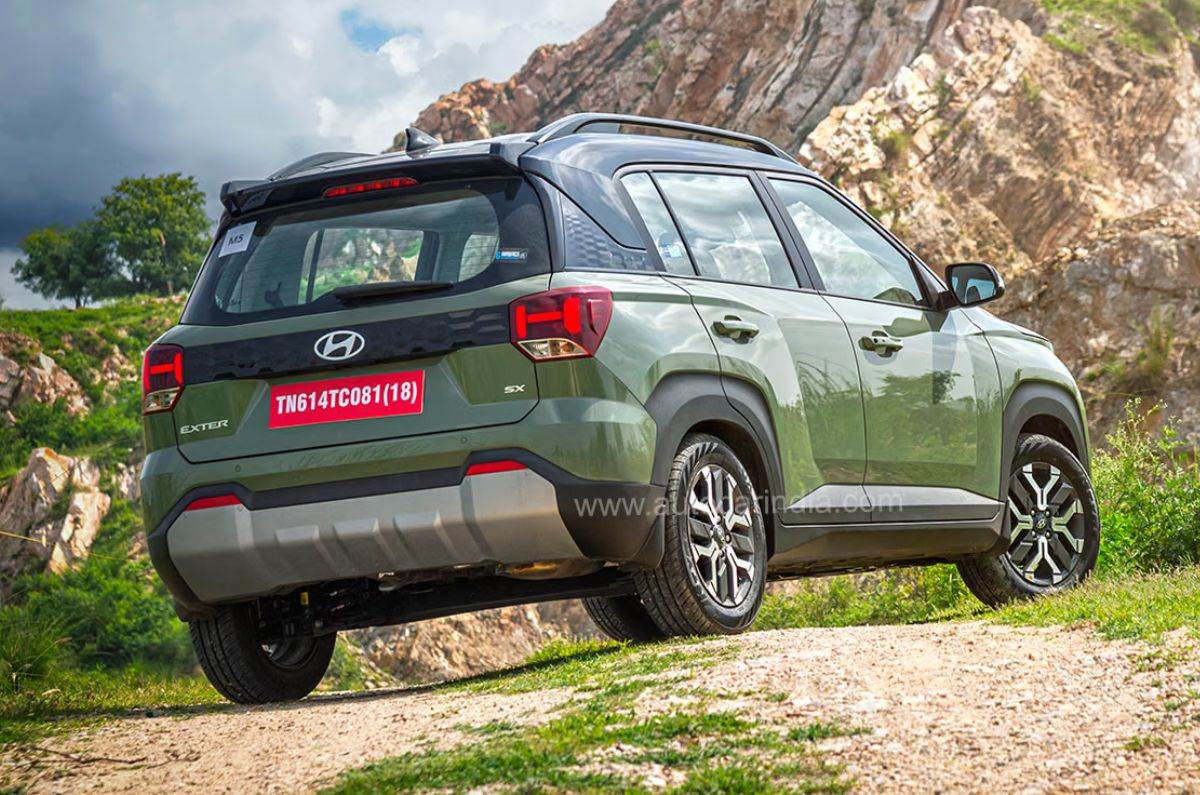
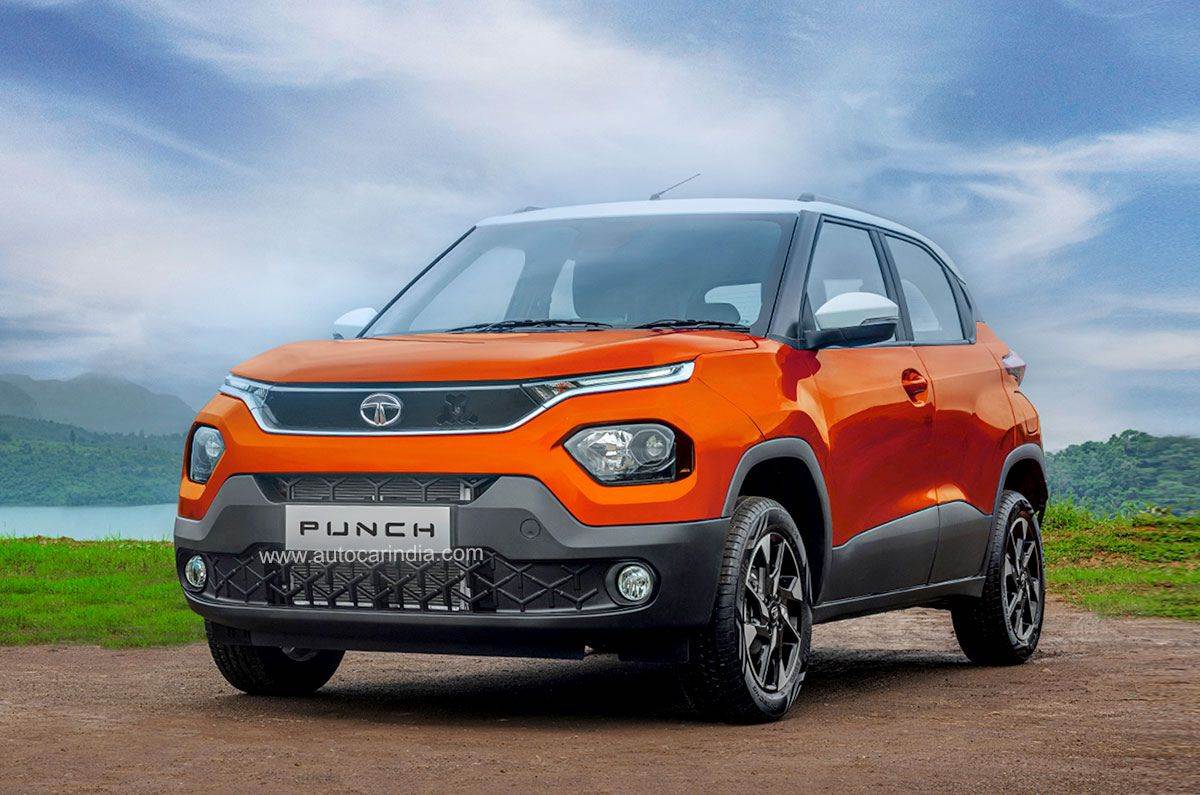
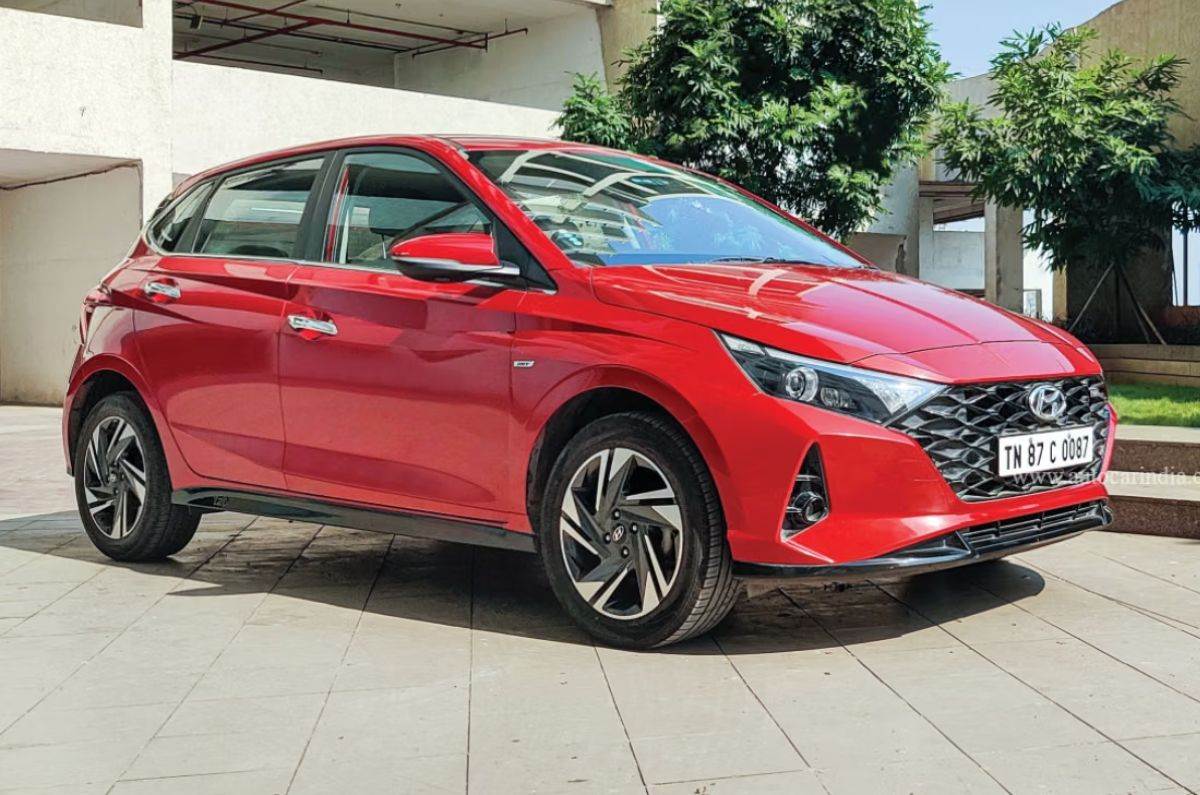
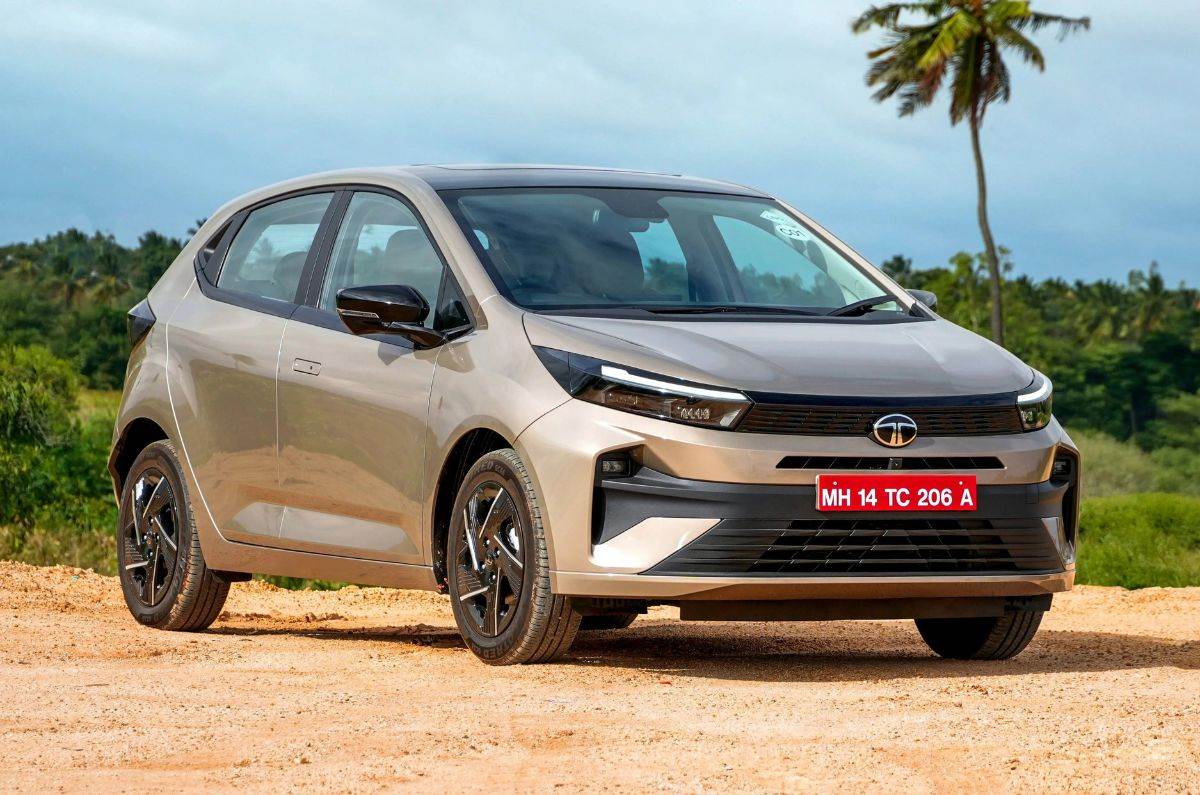

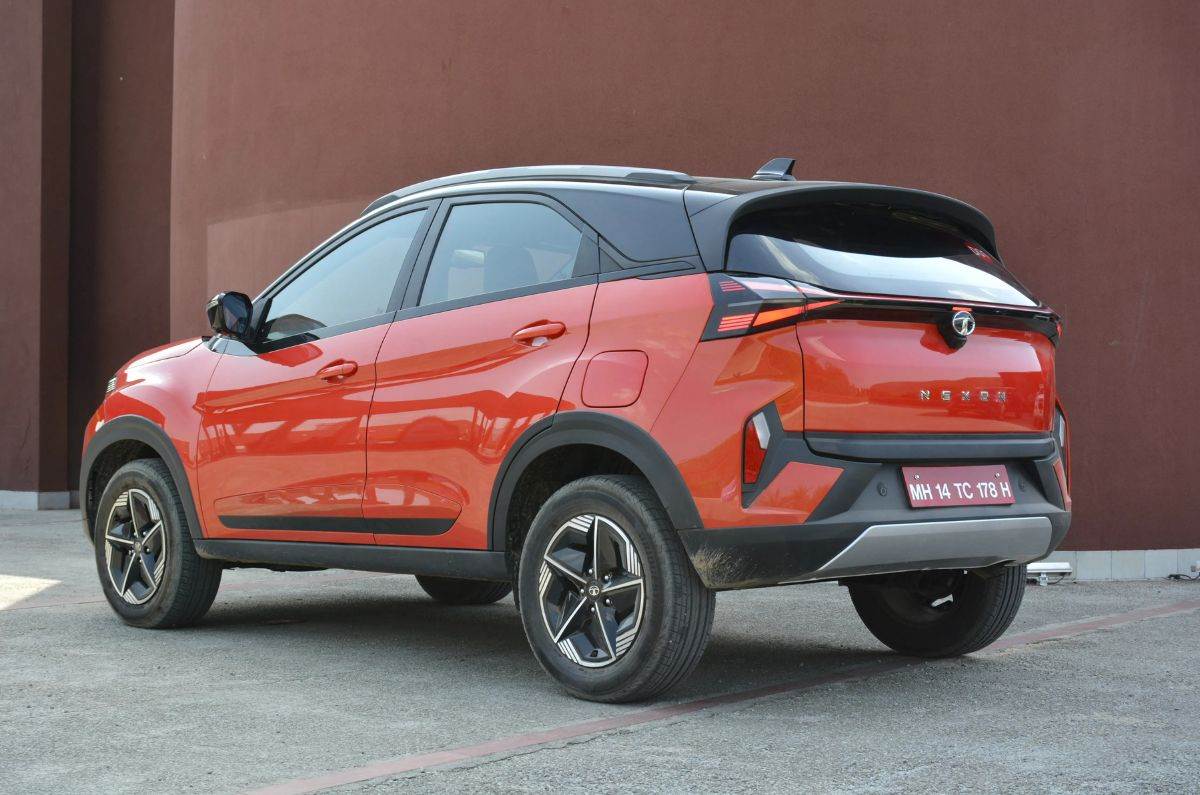

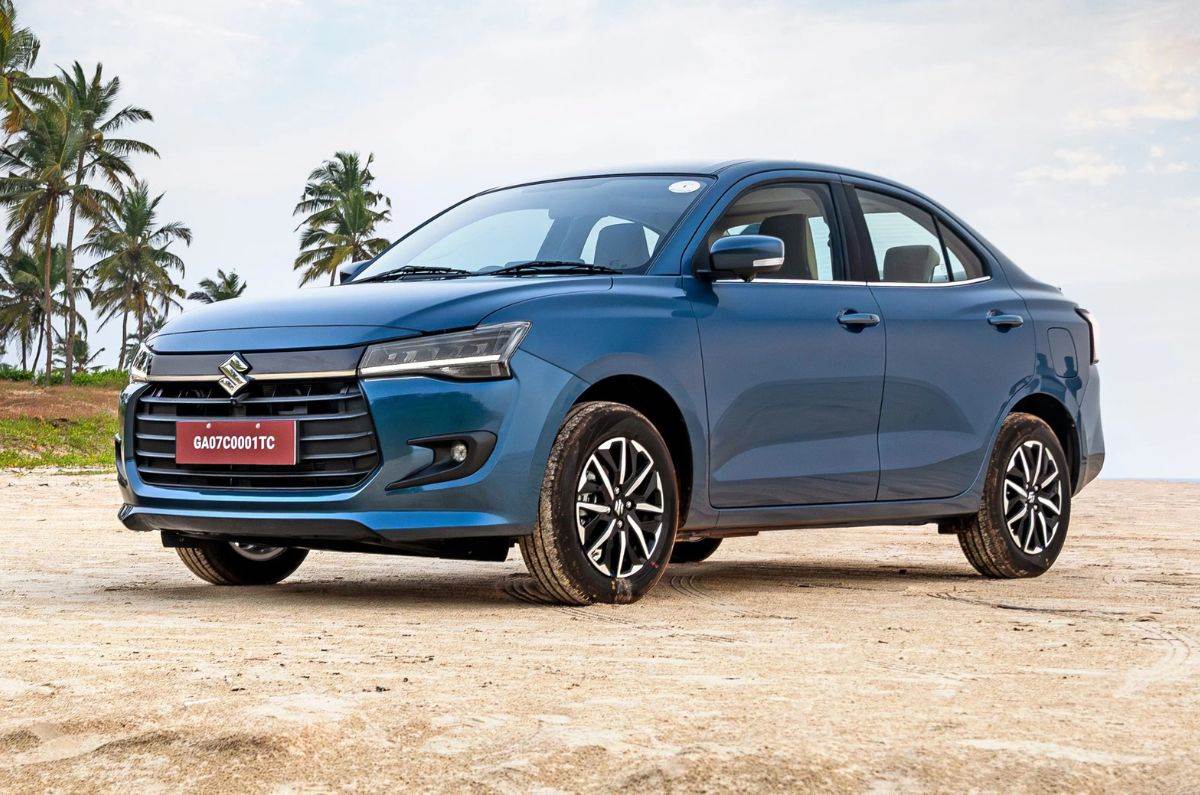
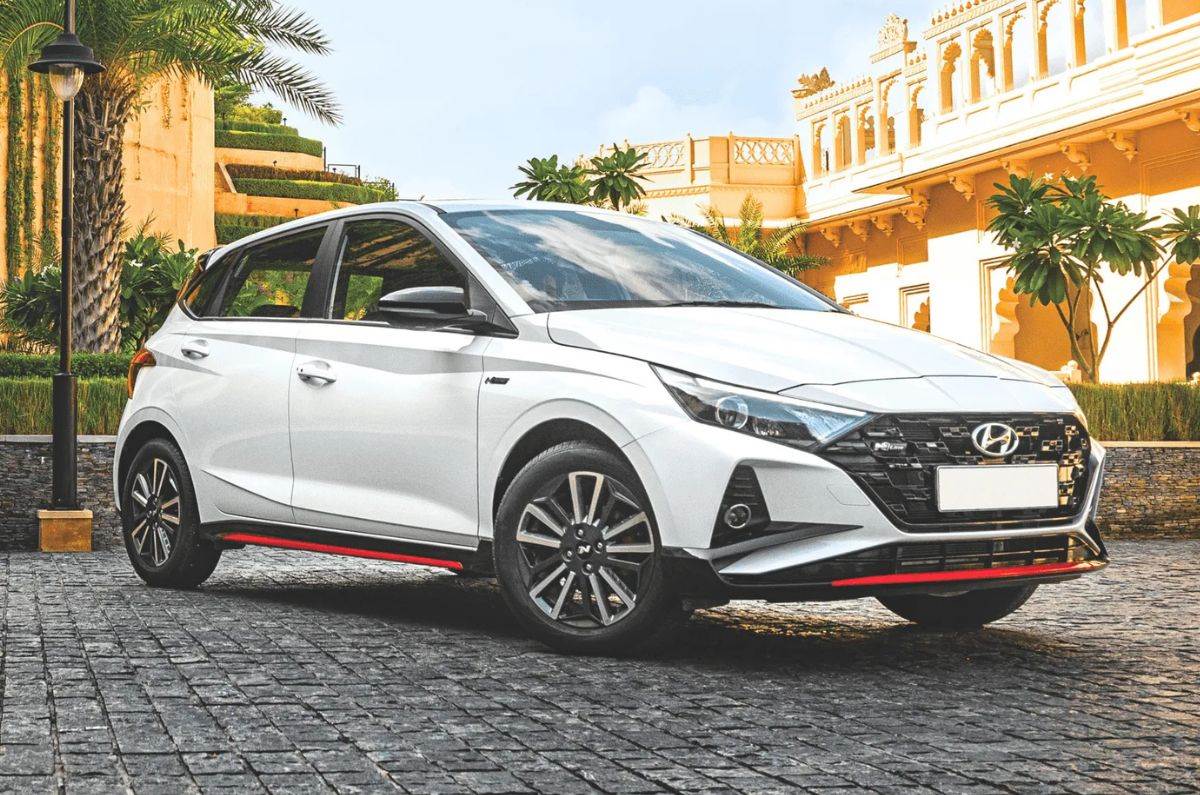
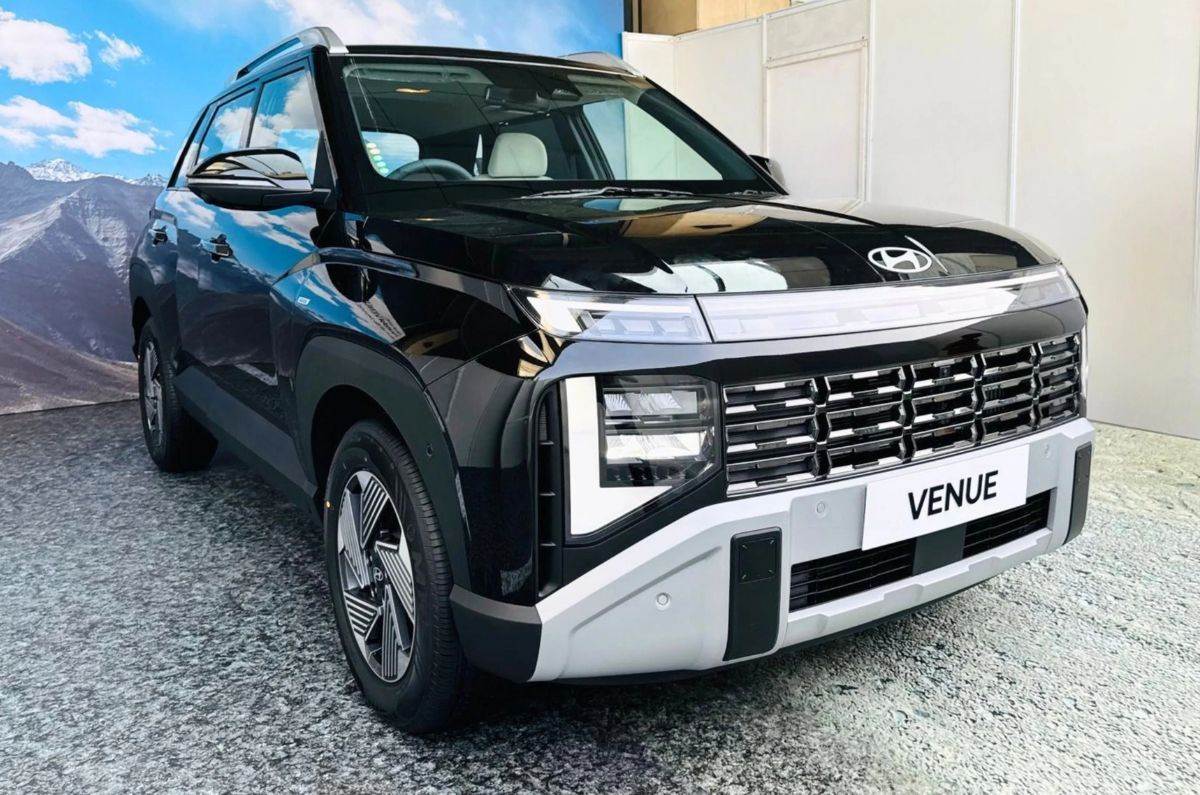

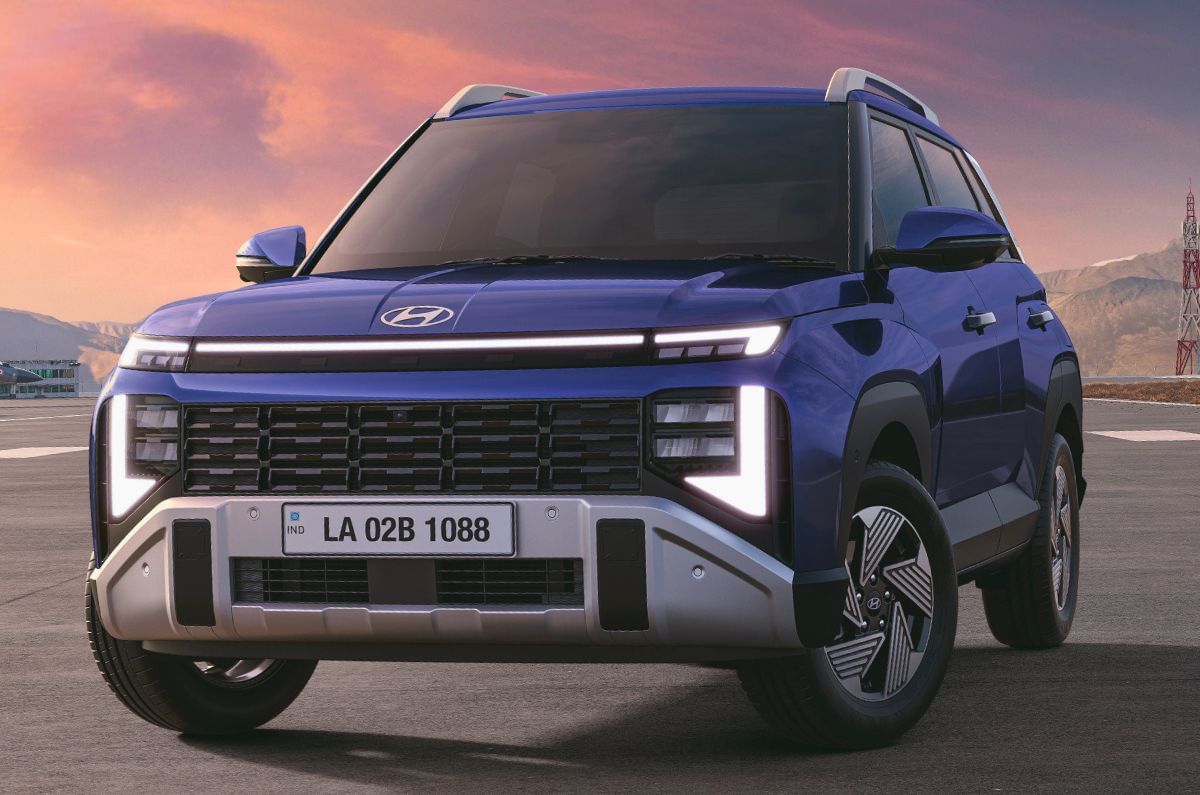
.png?w=735&h=415&q=85)
.png?w=735&h=415&q=85)



.png?w=735&h=415&q=85)
